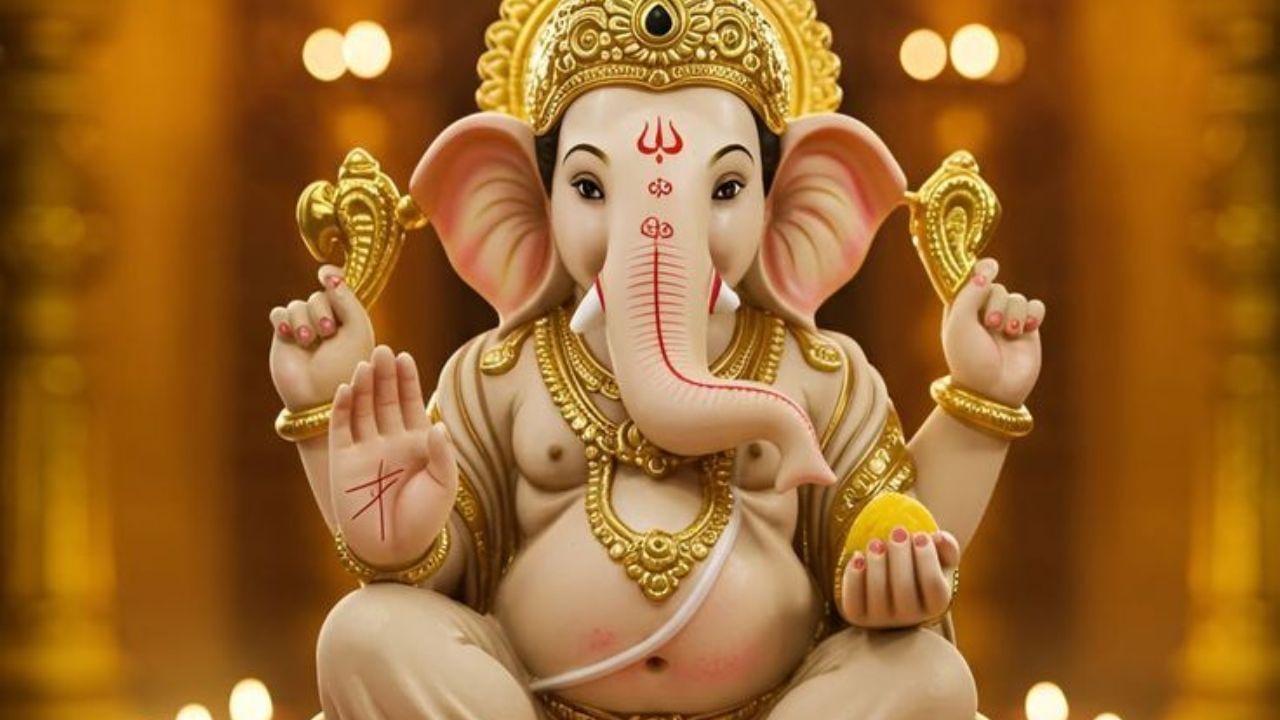Mumbai: Ganesh Chaturthi 2025 will once again be celebrated with immense devotion and enthusiasm across India. The festival marks the installation of Lord Ganesha idols in homes and pandals, followed by 10 days of rituals, prayers, and cultural celebrations. One of the most unique traditions associated with this festival is the offering of 21 sacred leaves (Patra Puja) during worship.
According to scriptures, each of these 21 leaves carries its own spiritual and symbolic meaning. Devotees believe that presenting them to Lord Ganesha pleases the deity, removes obstacles, and brings prosperity, health, and happiness. While modaks and laddus are well-known offerings, the ritual of 21 Patras is deeply rooted in spiritual significance, making it an inseparable part of Ganesh Chaturthi celebrations.
The deeper meaning behind 21 Patras
The practice of offering 21 sacred leaves is not just a religious custom but also a representation of spiritual energies. Each leaf symbolises a divine quality or blessing. For example, Durva grass represents prosperity, Shami leaves signify victory, Bel leaves denote purity, and Datura symbolises the calming of fierce energies. Interestingly, while Tulsi leaves are generally not offered to Lord Ganesha, during Ganesh Chaturthi they are considered auspicious and permitted.
List of 21 sacred leaves for Ganesh Puja
Shami Patra (Prosopis cineraria): Symbol of victory and destroyer of sins.
Bhringraj (Eclipta prostrata): Known in Ayurveda for vitality and energy.
Bel Patra (Aegle marmelos): Dear to Shiva and Ganesha, representing the Trinity.
Durva (Cynodon dactylon): Ganesha’s most favourite leaf, linked with prosperity.
Ber (Ziziphus mauritiana): Symbol of simplicity and contentment.
Datura (Datura metel): Represents the calming of intense energies.
Tulsi (Ocimum tenuiflorum): Generally avoided but considered auspicious on this day.
Sem (Phaseolus vulgaris): Represents fertility and food abundance.
Apamarga (Achyranthes aspera): Sign of purification and disease prevention.
Kantakari (Solanum virginianum): Associated with healing and removing obstacles.
Sindoor Patra (Bixa orellana): Symbol of good fortune and auspiciousness.
Tejpatta (Cinnamomum tamala): Brings fragrance, peace, and prosperity.
Agastya (Sesbania grandiflora): Symbol of wisdom and power.
Kaner (Nerium indicum): Associated with courage and fearlessness.
Banana leaf (Musa acuminata): Represents growth and prosperity.
Arka (Calotropis procera): Beloved of Lord Ganesha, known for healing qualities.
Arjuna (Terminalia arjuna): Symbol of patience and strength.
Devdar (Cedrus deodara): Signifies purity and stability.
Marua (Origanum majorana): Represents fragrance and sanctity.
Kachnar (Phanera variegata): Symbol of growth and beauty.
Ketaki (Pandanus utilis): Represents purity and auspiciousness.
Importance of the ritual
The offering of these 21 Patras is believed to eliminate hurdles and invite prosperity into one’s life. Each leaf holds its own power, blessing devotees with qualities like strength, wisdom, courage, and purity.
A special exception with Tulsi
The Ganesh Purana narrates a tale in which Tulsi and Lord Ganesha once cursed each other, which is why Tulsi leaves are usually not offered to him. However, Ganesh Chaturthi is the exception to this rule. On this auspicious day, Tulsi leaves are considered highly auspicious and bring special blessings when offered during puja.
The tradition of offering 21 sacred leaves during Ganesh Chaturthi is not only a ritual but also a spiritual practice that signifies energy, health, and abundance. As households prepare for Ganesh Chaturthi 2025, Patra Puja remains an integral part of worship, reflecting devotion, symbolism, and the deep-rooted cultural heritage of India.
